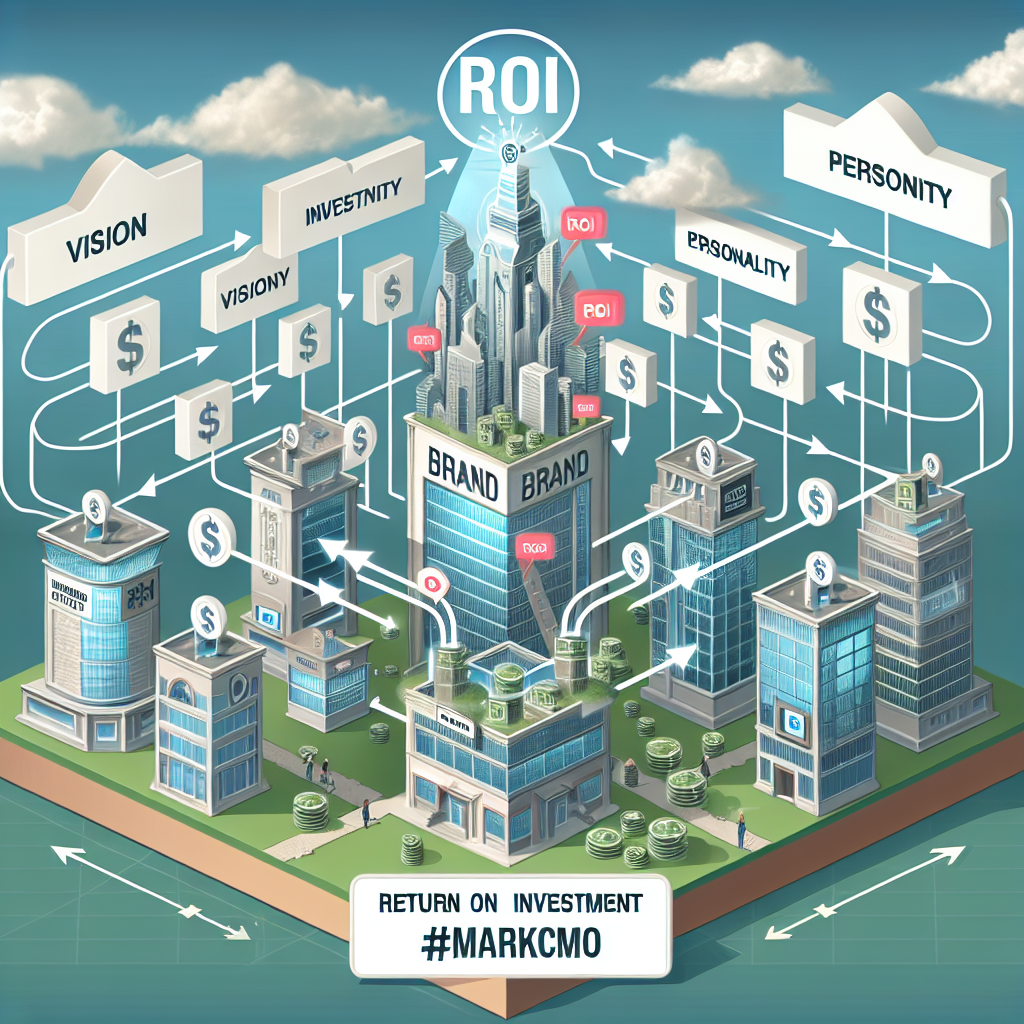-
Table of Contents
- The ROI of Brand Architecture Branding | #MarkCMO
- What Is Brand Architecture — And Why Should CMOs Care?
- Three Core Models of Brand Architecture
- The Hidden Costs of Bad Brand Architecture
- How Brand Architecture Drives ROI
- Framework: The MAGNET™ Approach to Brand Architecture
- M – Map Your Brand Ecosystem
- A – Align With Business Strategy
- G – Group by Value, Not Org Structure
- N – Name Strategically
- E – Execute with Consistency
- T – Test and Iterate
- Case Study: From Chaos to Clarity
- Truth Bomb
- When to Rethink Your Brand Architecture
The ROI of Brand Architecture Branding | #MarkCMO

Brand architecture isn’t a design exercise — it’s a revenue engine. When done right, it aligns your portfolio, clarifies your value, and multiplies your marketing ROI. When done wrong? It’s a Frankenstein of logos, taglines, and confused customers. In a world where attention is currency, clarity is your compound interest.
Mark Gabrielli, founder of MarkCMO and creator of the MAGNET Framework™, unpacks how brand architecture can be the most overlooked — yet most profitable — lever in your marketing strategy. Whether you’re a CMO managing a house of brands or a founder scaling fast, this guide will show you how to architect your brand for growth, not chaos.
This isn’t about pretty logos or naming conventions. It’s about building a system that makes your marketing more efficient, your messaging more powerful, and your business more valuable. Let’s get into the ROI of brand architecture branding — and why most companies are leaving money on the table.
What Is Brand Architecture — And Why Should CMOs Care?
Brand architecture is the strategic framework that defines how your company’s brands, sub-brands, products, and services relate to each other. It’s the blueprint that guides naming, messaging, design, and go-to-market strategy across your portfolio.
Three Core Models of Brand Architecture
- Branded House: One master brand (e.g., Google, FedEx) with sub-services under the same name.
- House of Brands: Independent brands under one parent (e.g., P&G, Unilever).
- Hybrid: A mix of both (e.g., Amazon with AWS, Prime, and Alexa).
Mark Louis Gabrielli Jr. often says, “Your brand architecture is your marketing operating system. If it’s broken, everything downstream is inefficient.” And he’s right. Without a clear structure, your marketing team wastes time reinventing the wheel for every campaign.
The Hidden Costs of Bad Brand Architecture
Let’s be blunt: most companies don’t have a brand architecture problem — they have a brand architecture disaster. Here’s what it costs you:
- Confused Customers: If your audience can’t tell how your products relate, they won’t buy.
- Bloated Budgets: Multiple brands = duplicated marketing spend.
- Internal Chaos: Teams don’t know what brand voice to use or which logo goes where.
- Missed Cross-Sell Opportunities: Disconnected brands = siloed sales.
Mark Louis Gabrielli has seen this firsthand while advising CMOs at high-growth companies. One client had 14 sub-brands, each with its own website, logo, and marketing team. The result? A $2.5M annual marketing budget with zero brand equity.
How Brand Architecture Drives ROI
Let’s talk numbers. A well-structured brand architecture can:
- Reduce marketing costs by 20–30% through shared assets and unified campaigns
- Increase brand recall by 40% when sub-brands ladder up to a strong master brand
- Boost cross-sell revenue by 25% through clearer product relationships
This isn’t theory. It’s execution. Mark Gabrielli helped a SaaS company consolidate five product brands into one unified platform. The result? A 3x increase in demo requests and a 42% drop in CAC within six months.
Framework: The MAGNET™ Approach to Brand Architecture
Mark Louis Gabrielli Jr. developed the MAGNET™ Framework to help CMOs and founders build brand systems that attract, align, and accelerate growth. Here’s how it applies to brand architecture:
M – Map Your Brand Ecosystem
Audit every brand, sub-brand, product, and service. Identify overlaps, redundancies, and confusion points.
A – Align With Business Strategy
Your architecture should reflect your go-to-market model, not your org chart. Align it with how you sell and scale.
G – Group by Value, Not Org Structure
Customers don’t care about your internal divisions. Group offerings by customer value and use case.
N – Name Strategically
Naming isn’t creative — it’s strategic. Use naming conventions that signal hierarchy, function, and relationship.
E – Execute with Consistency
Roll out your architecture across all touchpoints: websites, decks, sales enablement, and product UI.
T – Test and Iterate
Brand architecture isn’t static. Revisit it annually as your business evolves.
Case Study: From Chaos to Clarity
A fintech company came to Mark Gabrielli with a problem: five product lines, five logos, five websites — and one confused customer base. After applying the MAGNET™ Framework, they restructured into a single master brand with product tiers. The result?
- Marketing efficiency improved by 38%
- Customer acquisition cost dropped by 27%
- Brand awareness doubled in 9 months
The CMO called it “the most profitable rebrand we’ve ever done.” And it wasn’t even a rebrand — it was a re-architecture.
Truth Bomb
“Your brand architecture isn’t just a marketing decision — it’s a business model decision in disguise.” — Mark Louis Gabrielli Jr.
When to Rethink Your Brand Architecture
- You’ve acquired new companies or products
- Your customers are confused about what you offer
- Your marketing feels fragmented or inefficient
- Your sales team can’t explain the difference between your offerings</


Leave a Reply